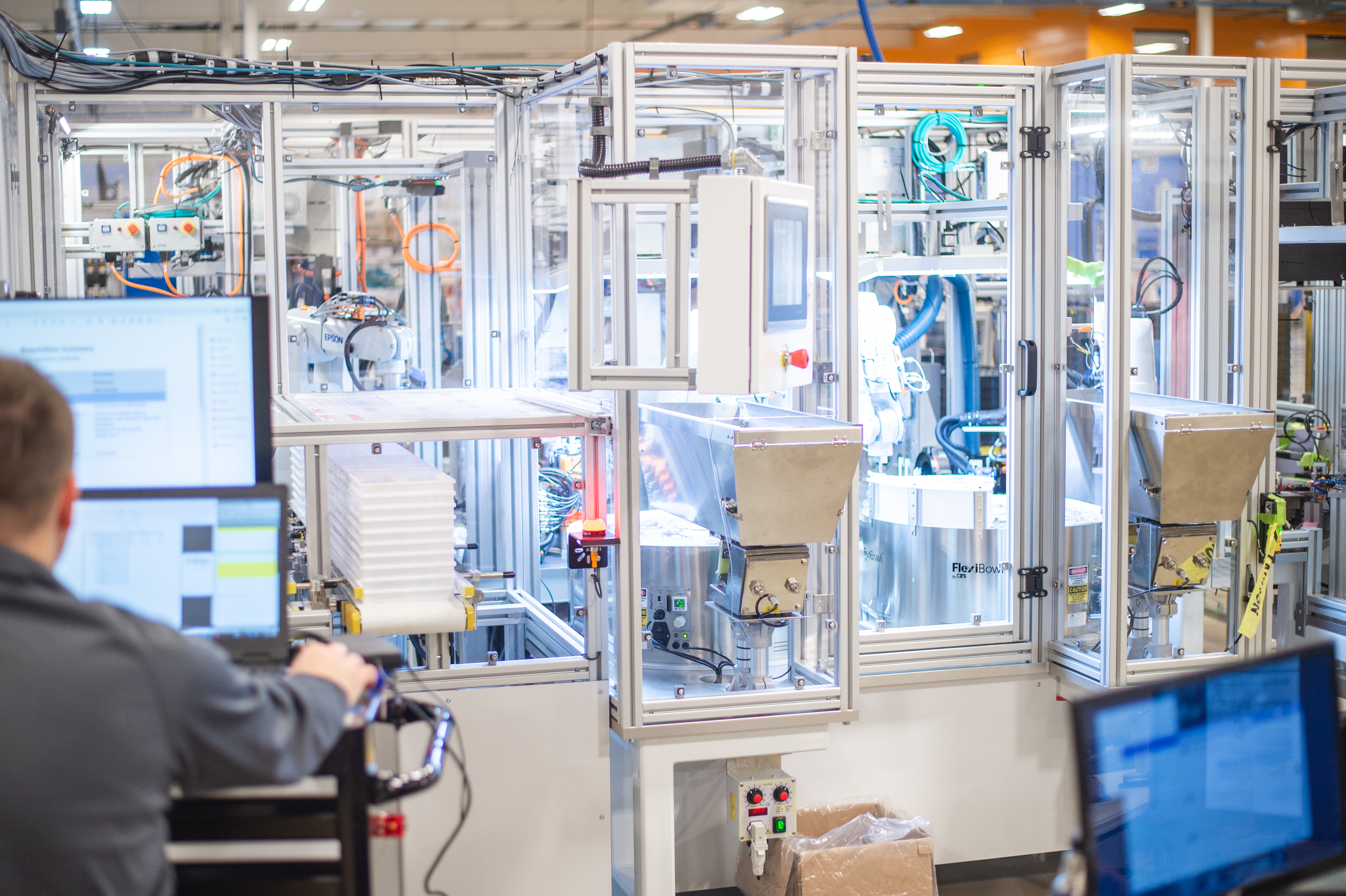As workforce challenges and production demands grow, manufacturers are turning to automation to improve efficiency, reduce costs, and stay competitive. If you’re considering automation in your operations, 2025 is the right time to take action. But knowing where to begin can be overwhelming. This guide breaks down the first steps toward successful manufacturing automation.
Why Manufacturing Automation Matters in 2025
According to recent data, investment in manufacturing technology rose over 30% in 2024. Automation is no longer a future strategy—it’s a present-day business imperative. Companies that successfully adopt automation are seeing gains in:
- Productivity and throughput
- Product consistency and quality
- Workforce retention by shifting employees to higher-value roles
- Real-time data and process visibility
Step 1: Align Automation with Business Goals
Before choosing any equipment or software, identify your goals. Do you want to reduce a bottleneck, improve inspection accuracy, or repurpose labor to more skilled tasks? A successful automation plan is driven by outcomes, not by technology for technology’s sake.
Step 2: Conduct an Automation Readiness Assessment
An assessment helps identify where automation makes the most impact in your facility. This process includes:
- Mapping your workflows to uncover inefficiencies
- Prioritizing processes that are dull, dirty, dangerous, or repetitive
- Evaluating your infrastructure, from IT capabilities to maintenance resources
Your local MEP Center can help guide you through this evaluation.
Step 3: Start with Quick Wins
Begin with small, low-disruption automation projects that generate early success. For example:
- Cobots for machine tending or packaging
- Barcode scanners for inventory tracking
- Automated inspection stations to reduce defects
These "quick wins" prove the value of automation and build momentum across your team.
Step 4: Involve Your Team Early
Successful automation isn’t just about machines—it’s about people. Early involvement helps your team:
- Understand the goals of automation
- Share insights on existing challenges
- Build confidence in using new systems
Upskilling your team is a key part of long-term automation success.
Step 5: Plan for Long-Term Integration
Think beyond the first installation. Set expectations for:
- Ongoing training and support
- Measuring ROI and process improvements
- Scaling up or adding automation in phases
A phased approach allows you to refine your systems and manage risk effectively.
Ready to Begin?
Our guide, Automation 101: How to Plan for Successful Implementation, walks you through every step of the process—from readiness to rollout. Whether you’re automating one task or transforming an entire line, this resource will help you avoid common pitfalls and set your team up for long-term success.
Download the guide or contact TMEP at tmep@tennessee.edu to get support tailored to your business.

